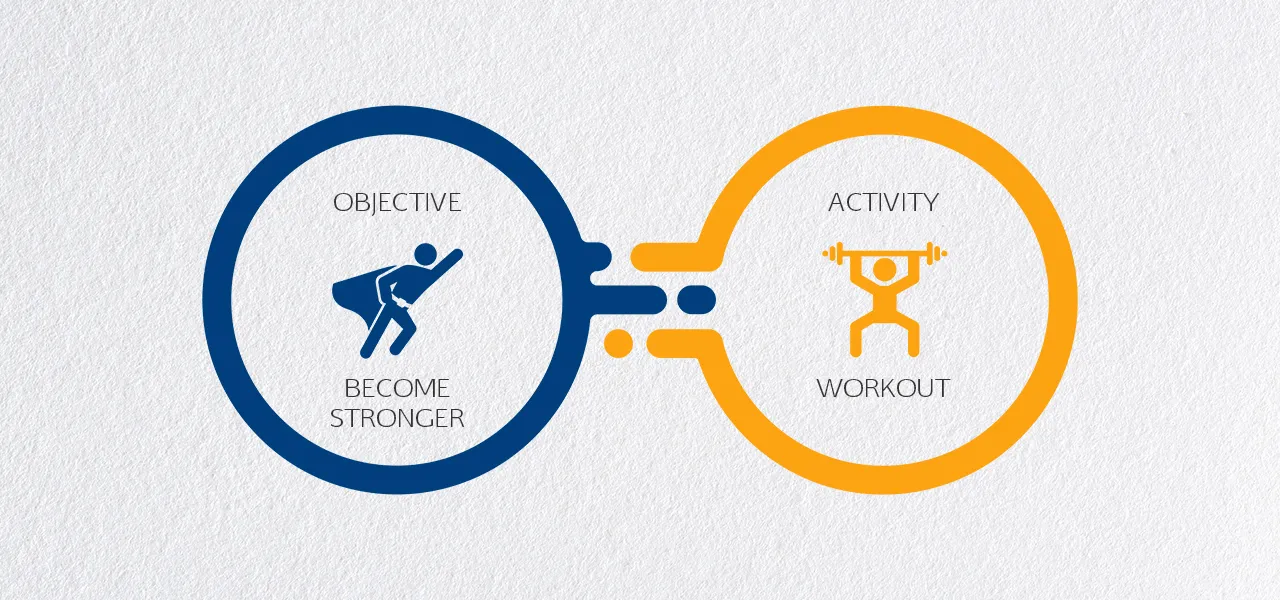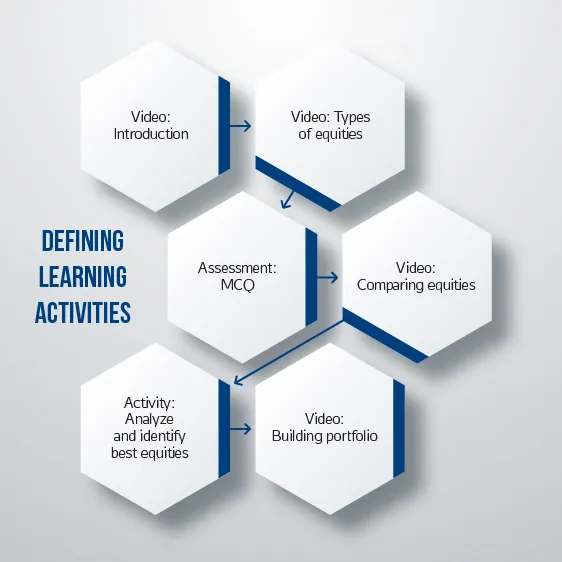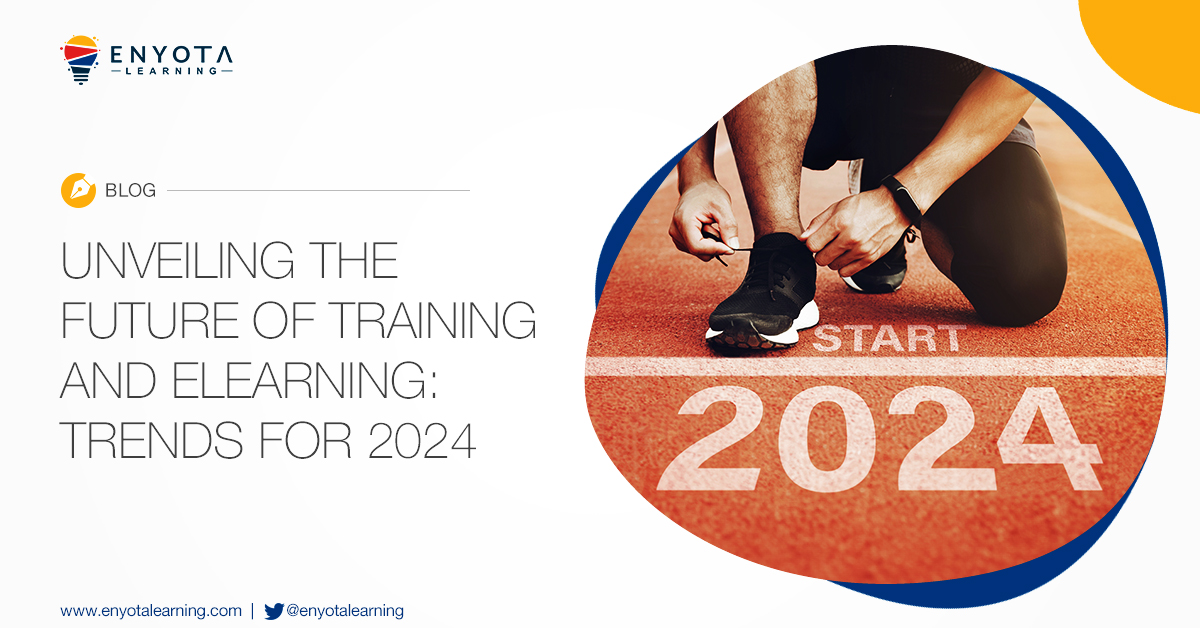Learning objectives are clear and specific statements that describe the desired outcome of a training or educational program. They define what learners should know or be able to do upon completion of the training. For instance, the learning objectives for sales professionals partaking in a sales training program should be: “To be able to correctly identify key product features and effectively communicate them to potential customers.”
On the other hand, learning activities are the methods and techniques used to achieve the learning objectives. These are the actual tasks or exercises that learners will engage in to acquire the desired knowledge or skills. For the sales training example, a learning activity could be a role-play exercise where learners practice presenting the product to a simulated customer.
In summary, learning objectives and learning activities are two essential components of effective training and education programs. Clear and specific learning objectives help learners understand what is expected of them upon completing a training course, while engaging learning activities provide opportunities for learners to practice knowledge and skills in order to fulfill the learning objectives.
Understanding the Difference Between Learning Objectives and Learning Activities
“A goal without a plan is just a wish”
– Antoine de Saint-Exupéry

Positive learning outcomes are the desired goal for any learning program. However, in order to ensure that learning happens, taking a structured approach to designing learning plans becomes essential. For example, learning objectives and learning activities play a role in making lessons engaging and fruitful. As a result, an unstructured or undefined learning objective will disengage learners as they aren’t helping the learner understand ‘the importance of training that they are undertaking’. Additionally, an unstructured learning activity will further confuse learners since it may not make sense in relation to what they are learning.
Learning objectives and learning activities might seem like two sides of the same coin. But they are also fairly different. In this article, we will discuss the learning objectives vs learning activities premise as well as understand the important difference of both.
The What and Why of Learning Objectives
Defining clear learning objectives is the first and perhaps “the” most important tenet for designing a great eLearning course. Learning objectives describe the goal of the learning program and define the skills that a learner must gain in order to complete the program. Additionally the learner must continue to display these skills post completing the program.
Only when you have clear learning objectives can you build a structured eLearning module. Also, knowing the learning objectives helps in designing great learning activities that make learning an engaging and interesting proposition.
At the same time, it should be mentioned that learning objectives and learning goals are not the same things.

While learning goals and learning objectives are related, they are not the same thing. Learning goals are broader, more general statements about what a learner will achieve through a course or program, while learning objectives are specific, measurable statements that define the knowledge or skills a learner will acquire through the learning experience.
Learning goals focus on the overall purpose and outcomes of a course or program, while learning objectives outline the specific steps and targets that must be achieved to reach those goals. Goals are often more abstract and broad, while objectives are more concrete and specific.
For example, a learning goal for a language course might be “to develop proficiency in speaking and writing in a foreign language.” Specific learning objectives to achieve that goal could include “to be able to conjugate irregular verbs in the present tense” or “to be able to write a 300-word essay in the target language.”
While both learning goals and objectives are important in defining the scope and purpose of a course or program, learning objectives are more specific and measurable statements that describe the desired outcome of the learning experience.

The What and Why of Learning Activities
Learning activities are an essential component of any eLearning program and serve to support the achievement of learning objectives. Engaging and immersive learning activities promote better learning, while motivating learners to participate actively in the program. Learning activities also help to assess a learner’s existing knowledge on a given subject matter.
Incorporating learning activities into an eLearning program is crucial to transforming a dull or a cognitively demanding learning module into an interesting, easy to understand, and meaningful learning experience. There are numerous ways to incorporate learning activities that enhance the learning process and make it more enjoyable for learners.
To be effective, learning activities must first account for the experience level of the learners. Followed by identifying the learning objectives that a learner must achieve by using the learning activity. You also need to determine the optimal amount of time that learners must spend on each activity to achieve the desired objectives.
Using tools such as storytelling, gamification, virtual learning, augmented reality, etc. to create learning activities can promote better learning. These tools are effective at creating learning activities that reduce the cognitive load on the learners and promote better learning. However, when it comes to designing learning activities, you need to remember that much like everything else, learning activities also must carry the right context. For example, developing a game for compliance training is less effective as compared to using an interactive scenario where learners are put into a fictitious situation and made to decide what they would do. The latter would be contextually more relevant.
Additionally, using learning activities to create branching scenarios, comparative case studies, group collaborations via the social network, feature-rich eLearning games, personal learning paths, and more are just some of the learning activities that help in achieving learning goals. Also, identifying the media and the technology you want to incorporate in order to create an effective learning activity and a resulting experience also becomes an important contributing factor to a learning course’s overall effectiveness.
Using technologies such as big data can be immensely helpful when creating learning activities. Data helps you design more personalized learning material, identify faults in previously created learning activities, assess the kind of activity that is right for a training module, and come up with alternate activities when the effectiveness of the current activity is in question.
In order to use learning activities appropriately and impressively, it’s imperative to align it with learning objectives. To put it simply, learning objectives are the guide to drawing up learning activities that not only help test a learner’s existing knowledge but also assist in achieving the goal for the particular lesson which collectively leads to better engagement and learning.
Who are we?
In summary, learning objectives are the end goal of a learning experience, while learning activities are the means by which the goals are achieved. The two are interdependent and should be carefully aligned to ensure a well-designed and effective learning experience.
We are eNyota Learning, a leading eLearning design house and development agency serving the custom eLearning development space since 2007. Our client portfolio consists of some of the biggest and best brands in their respective spaces and we assist them in building custom eLearning-based training used to train their internal employees on a range of topics like selling, staying compliant, endorsing new processes, and workplace safety to name a few.
If your organization is looking to make a switch towards a more modern format of training such as eLearning, we’d be more than happy to help you make the switch. Reach out to us at contact@enyotalearning.com or click this form and we’ll get back to you. You can also try our learning management system here.



